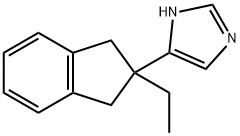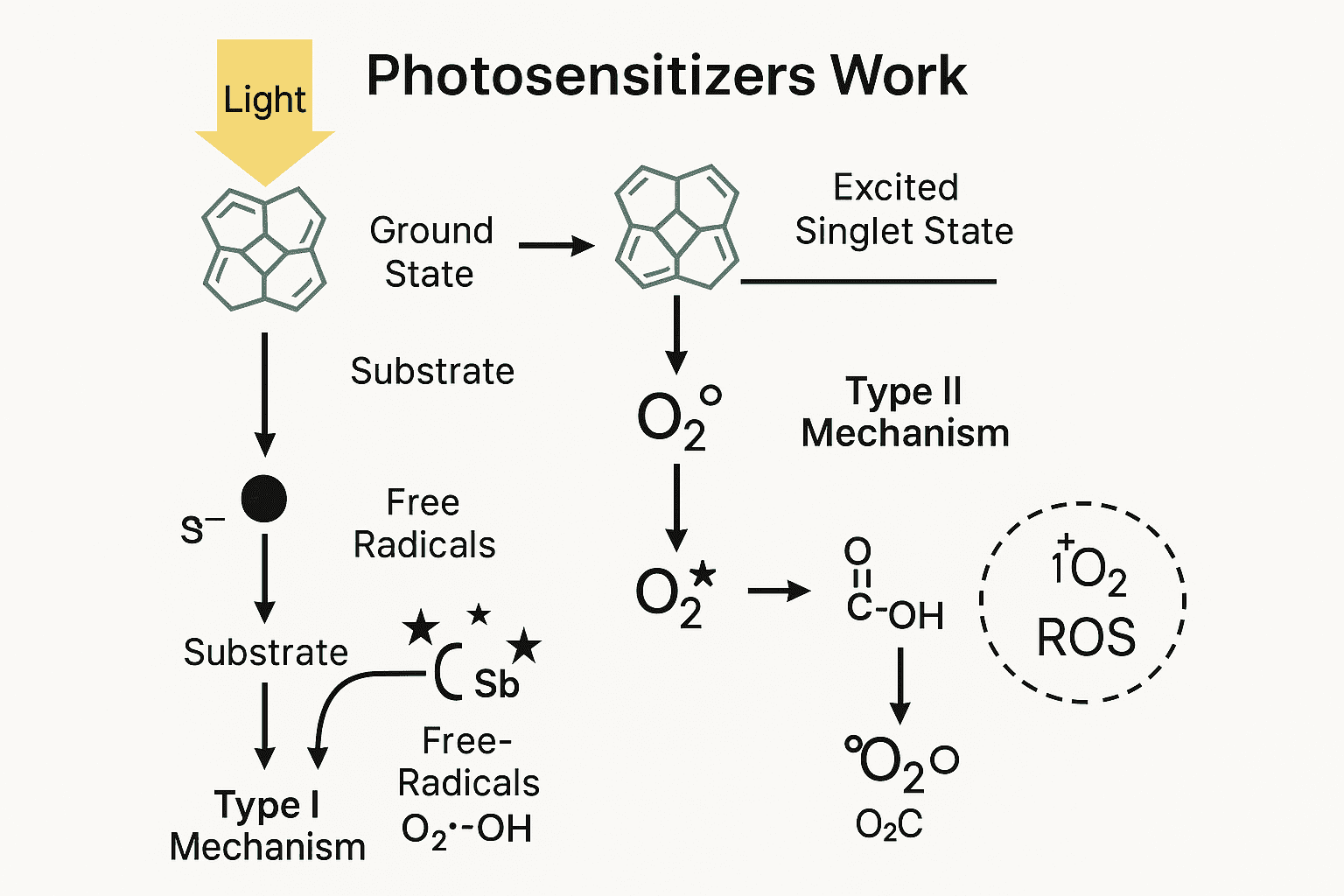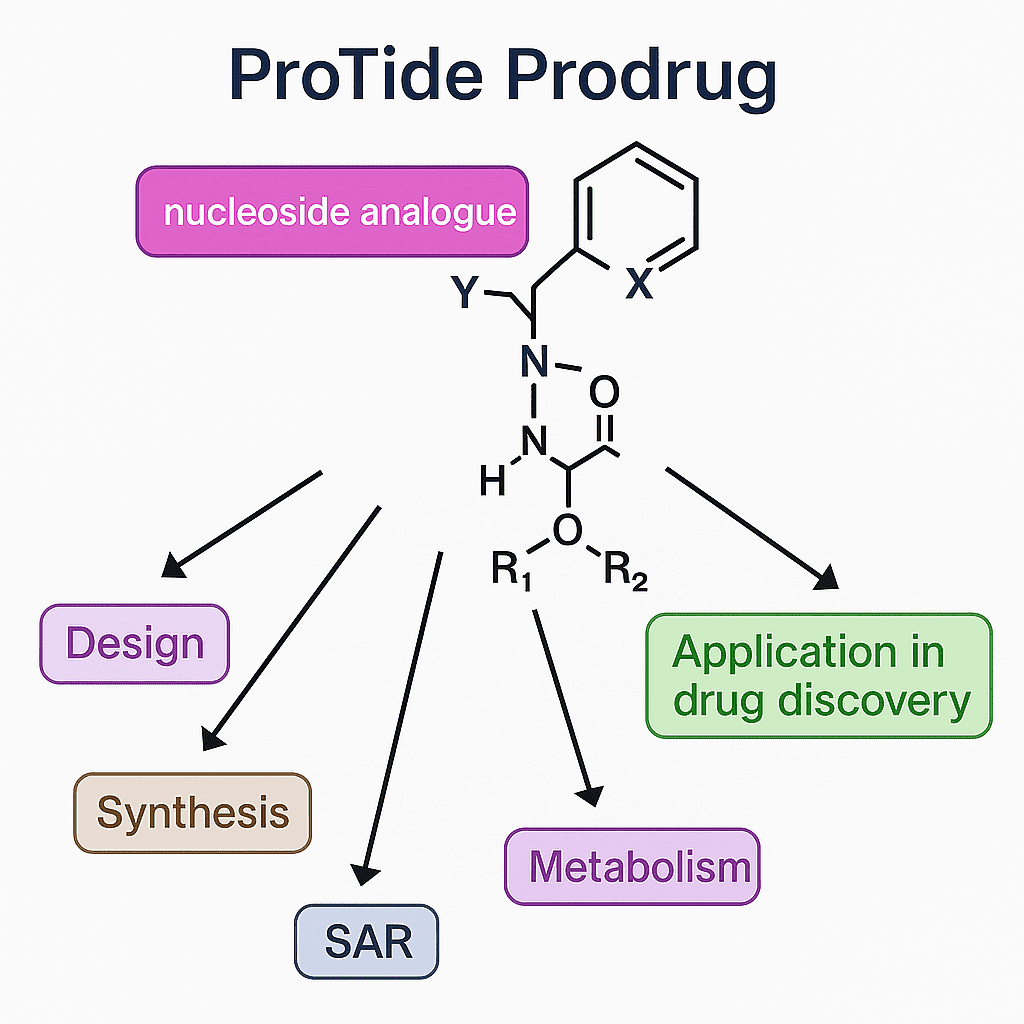Atipamezole: Transforming Sedation Reversal in Veterinary Medicine
Abstract
Atipamezole, a selective α2-adrenergic receptor antagonist, has significantly improved veterinary medicine by providing an effective solution for reversing sedation induced by α2-adrenergic agonists such as medetomidine. Its high receptor specificity enables targeted action, ensuring rapid recovery with minimal adverse effects. Widely used across small and large animals, as well as exotic species, Atipamezole enhances procedural safety and reduces recovery times, promoting better animal welfare. With applications ranging from routine diagnostic procedures to critical care, it streamlines post-sedation monitoring and minimizes associated risks. As research progresses, Atipamezole’s potential in wildlife medicine and other specialized fields continues to grow, cementing its role as a vital tool in veterinary pharmacology and sedation management.
Introduction: The Role of Atipamezole in Veterinary Medicine
Atipamezole is a vital pharmacological agent in modern veterinary medicine, widely recognized for its ability to reverse sedation induced by α2-adrenergic agonists such as medetomidine and dexmedetomidine. These agonists are commonly used in veterinary practices for their sedative, analgesic, and muscle-relaxing properties. However, their prolonged effects can sometimes hinder recovery and increase the risk of complications. Atipamezole, as a selective α2-adrenergic receptor antagonist, plays a pivotal role in counteracting these effects, offering rapid recovery and improved safety for animals undergoing sedation.

Fig.1 Structure of Atipamezole
One of the most significant advantages of Atipamezole is its specificity for α2-adrenergic receptors, which allows it to effectively reverse sedation without interfering with other physiological systems. This targeted action makes it superior to less selective reversal agents, ensuring a smoother transition to full consciousness. Administered via intramuscular injection, Atipamezole is absorbed quickly, with effects often observed within minutes.
Veterinary practitioners widely use Atipamezole in small animals, such as dogs and cats, to shorten recovery times after diagnostic or surgical procedures. Its application is also expanding to large and exotic animals, making it an invaluable tool in various veterinary settings. By reducing the duration of sedation, Atipamezole helps minimize stress, particularly in animals that are more vulnerable to prolonged unconsciousness.
The role of Atipamezole extends beyond mere reversal of sedation. It represents a significant advancement in veterinary pharmacology, contributing to enhanced animal welfare and improved procedural outcomes. As research continues to explore its potential applications, Atipamezole remains a cornerstone in the safe and efficient management of sedation in animals.
Mechanism of Action: How Atipamezole Works
Atipamezole operates as a highly selective α2-adrenergic receptor antagonist, counteracting the effects of α2-adrenergic agonists such as medetomidine and dexmedetomidine. These agonists induce sedation, analgesia, and muscle relaxation by activating α2-adrenergic receptors, which inhibit the release of norepinephrine in the central and peripheral nervous systems. Atipamezole competes with these agonists at the receptor sites, effectively reversing their effects and restoring normal physiological function.
The α2-adrenergic receptors are part of the sympathetic nervous system and play a key role in modulating neurotransmitter release. By blocking these receptors, Atipamezole rapidly increases norepinephrine availability, leading to a return of alertness, mobility, and normal cardiovascular function. This pharmacological action is specific to α2-adrenergic receptors, ensuring minimal interference with other receptor systems and reducing the risk of off-target effects.
Atipamezole’s pharmacokinetics further contribute to its effectiveness. Administered via intramuscular injection, it is rapidly absorbed into the bloodstream and quickly distributed to target tissues. Its high receptor affinity ensures that it efficiently displaces agonists like medetomidine from receptor binding sites. The onset of action is typically observed within minutes, with the duration of effect lasting for several hours depending on the dose and the species being treated.
Compared to other reversal agents, Atipamezole stands out due to its specificity and safety profile. It allows veterinarians to precisely control the sedation-reversal process, significantly reducing recovery time and improving the overall safety of procedures. As a result, it has become an indispensable tool in modern veterinary pharmacology for managing sedation in diverse clinical scenarios.
Applications in Veterinary Medicine
Atipamezole has established itself as a cornerstone in veterinary medicine, particularly for its ability to reverse sedation induced by α2-adrenergic agonists such as medetomidine and dexmedetomidine. These sedatives are widely used to facilitate procedures ranging from diagnostic imaging to surgical interventions in animals. However, prolonged sedation can sometimes lead to complications, including delayed recovery, respiratory depression, and cardiovascular instability. Atipamezole effectively mitigates these risks by rapidly restoring alertness and normal physiological function.

Fig.2 Market Trends of Atipamezole
The use of Atipamezole spans a variety of animal species, with its most common applications in small animals such as dogs and cats. In these cases, it is administered intramuscularly after procedures requiring sedation to expedite recovery, reduce post-procedural stress, and enhance overall welfare. The drug is equally effective in large animals, including horses, where timely recovery is critical to prevent injury or complications from prolonged recumbency. Additionally, Atipamezole has been used in exotic and zoo animals, demonstrating its versatility across species.
One of the key benefits of Atipamezole is its ability to provide precise sedation reversal, allowing veterinarians to tailor recovery times according to the needs of each patient. This is particularly valuable in critical care settings, where rapid intervention may be necessary to address complications. Furthermore, Atipamezole’s widespread use has contributed to improved procedural safety and reduced the duration of post-sedation monitoring, making it a cost-effective solution for veterinary practices.
As research into its pharmacokinetics and safety continues, Atipamezole’s applications are likely to expand, offering even greater benefits to both animals and the professionals who care for them.
Advantages of Using Atipamezole
Atipamezole offers several advantages that make it a preferred choice for sedation reversal in veterinary medicine. One of its most significant benefits is its high selectivity for α2-adrenergic receptors. This specificity ensures targeted action against sedation-inducing agents like medetomidine and dexmedetomidine without affecting other physiological systems. As a result, it minimizes off-target effects and enhances safety during recovery.
The drug’s rapid onset of action is another critical advantage. Administered intramuscularly, Atipamezole works within minutes to reverse sedation, allowing animals to regain consciousness and mobility quickly. This speed is particularly beneficial in emergencies or procedures requiring rapid post-sedation recovery, such as diagnostic imaging or minor surgeries.
Atipamezole also reduces the duration of post-procedural monitoring, making it a cost-effective choice for veterinary clinics. Shortened recovery times translate to less stress for animals and improved efficiency for veterinary teams. Furthermore, its safety profile ensures minimal adverse reactions when used at appropriate doses, even in sensitive populations like older animals or those with compromised health.
The ability to tailor doses to individual patients adds to its versatility. Veterinarians can administer Atipamezole in precise amounts to achieve the desired level of sedation reversal, making it suitable for diverse clinical scenarios. Combined, these advantages make Atipamezole an indispensable tool in modern veterinary pharmacology, significantly improving procedural outcomes and animal welfare.
Research and Emerging Applications
Research into Atipamezole continues to highlight its efficacy and safety in veterinary medicine while exploring new applications. Extensive studies have confirmed its pharmacokinetics and pharmacodynamics, emphasizing its rapid onset and high specificity for α2-adrenergic receptors. These attributes make Atipamezole a reliable agent for reversing sedation across various animal species.
Emerging research has examined Atipamezole’s potential in enhancing procedural safety, particularly in exotic and large animals where sedation carries additional risks. Studies on its use in wildlife medicine suggest promising applications in conservation settings, where controlled sedation and recovery are critical for managing endangered species.
Recent investigations have also explored Atipamezole’s potential for human applications. While currently limited to veterinary medicine, its role as a selective α2-adrenergic antagonist has implications for developing new drugs targeting α2-related pathways in humans, including treatments for disorders involving central nervous system depression.
Further research into Atipamezole may uncover additional benefits, such as reducing residual analgesic effects after sedation or mitigating specific side effects of α2-agonists. Its role in combination therapies, particularly for animals with complex medical needs, also holds potential. As veterinary pharmacology advances, Atipamezole will likely remain a focus of innovation, continuing to improve procedural outcomes and animal welfare.
Research and Emerging Applications
Research into Atipamezole continues to highlight its efficacy and safety in veterinary medicine while exploring new applications. Extensive studies have confirmed its pharmacokinetics and pharmacodynamics, emphasizing its rapid onset and high specificity for α2-adrenergic receptors. These attributes make Atipamezole a reliable agent for reversing sedation across various animal species.
Emerging research has examined Atipamezole’s potential in enhancing procedural safety, particularly in exotic and large animals where sedation carries additional risks. Studies on its use in wildlife medicine suggest promising applications in conservation settings, where controlled sedation and recovery are critical for managing endangered species.
Recent investigations have also explored Atipamezole’s potential for human applications. While currently limited to veterinary medicine, its role as a selective α2-adrenergic antagonist has implications for developing new drugs targeting α2-related pathways in humans, including treatments for disorders involving central nervous system depression.
Further research into Atipamezole may uncover additional benefits, such as reducing residual analgesic effects after sedation or mitigating specific side effects of α2-agonists. Its role in combination therapies, particularly for animals with complex medical needs, also holds potential. As veterinary pharmacology advances, Atipamezole will likely remain a focus of innovation, continuing to improve procedural outcomes and animal welfare.
Conclusion: Advancing Veterinary Care with Atipamezole
Atipamezole has revolutionized veterinary care, offering an efficient and reliable means to reverse sedation induced by α2-adrenergic agonists like medetomidine and dexmedetomidine. Its high specificity for α2-adrenergic receptors ensures targeted action, restoring animals to alertness and mobility with minimal adverse effects. By addressing the challenges associated with prolonged sedation, Atipamezole has enhanced procedural safety and animal welfare across diverse veterinary applications.
One of Atipamezole’s most significant contributions lies in its ability to rapidly reverse sedation, particularly in critical care scenarios or time-sensitive procedures. This capability reduces the risks of prolonged unconsciousness, such as respiratory depression and cardiovascular instability, and facilitates quicker recovery, minimizing stress for animals and their caregivers. Additionally, its broad applicability in small animals, large animals, and even exotic species underscores its versatility and importance in veterinary pharmacology.
Atipamezole’s benefits extend beyond immediate sedation reversal. It allows veterinarians to streamline post-procedural monitoring and recovery protocols, improving efficiency in clinical settings. For animals, this means less time in a vulnerable state and a smoother transition to full consciousness, promoting better overall health outcomes. Furthermore, its safety profile, even in sensitive or compromised patients, ensures that Atipamezole can be confidently used across a wide range of cases.
As research continues, Atipamezole’s potential applications may expand, including in wildlife medicine and other specialized fields. Its role in advancing veterinary pharmacology serves as a testament to the progress being made in animal healthcare. With its proven efficacy, safety, and adaptability, Atipamezole remains a cornerstone of sedation management, contributing to the growing focus on animal welfare and the optimization of veterinary practices.
By addressing sedation-related challenges, Atipamezole exemplifies the advancements in veterinary care that enhance the quality of life for animals and the professionals who care for them.
References
- Kuusela, E., Raekallio, M., Anttila, M., Falck, I., Mölsä, S., & Vainio, O. (2000). Clinical effects and pharmacokinetics of medetomidine and its enantiomers in dogs. Journal of Veterinary Pharmacology and Therapeutics, 23(1), 15-20.
- Sinclair, M. D. (2003). A review of the physiological effects of α2-agonists related to the clinical use of medetomidine in small animal practice. The Canadian Veterinary Journal, 44(11), 885.
- Virtanen, R. (1989). Pharmacological profiles of medetomidine and its antagonist, atipamezole. Acta Veterinaria Scandinavica. Supplementum, 85, 29-37.
- Laraje, R., Talmi, A., Bounaga, R., Bengoumi, M., El Hraiki, A., & Laurentie, M. (2006). Comparative pharmacokinetics of marbofloxacin after a single intramuscular administration at two dosages to camels (Camelus dromedarius). Journal of Veterinary Pharmacology & Therapeutics, 29(3).




